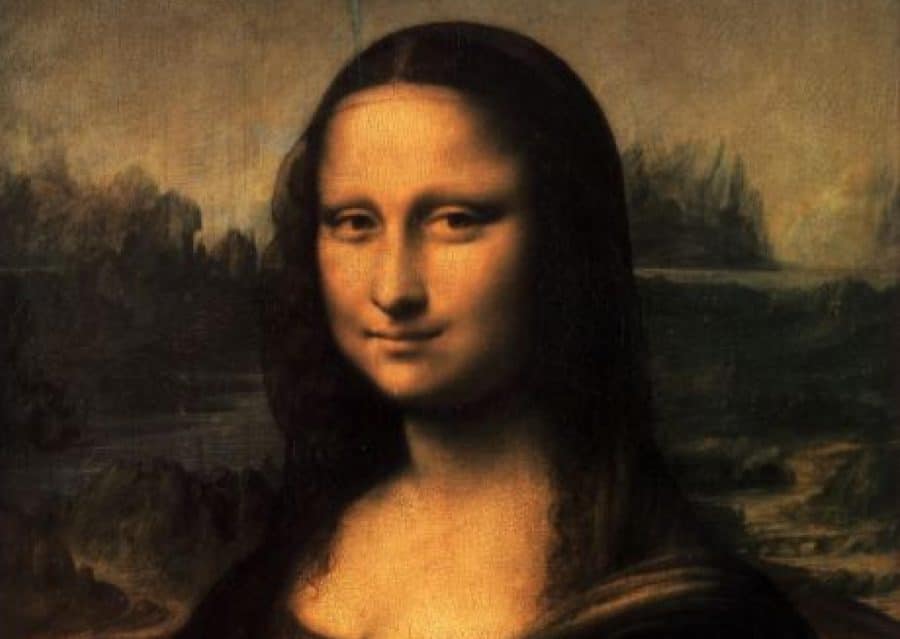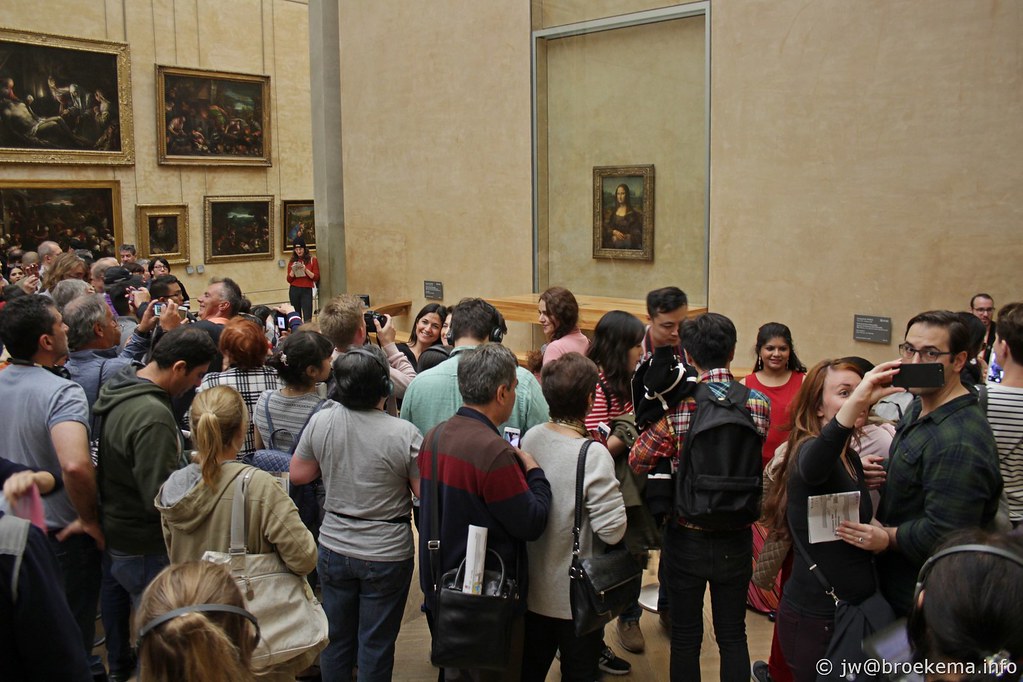
The Mona Lisa by Leonardo da Vinci
If there is a painting in the history of art that has aroused mystery and intrigue over the years, it is without a doubt La Gioconda or La Mona Lisa. painted by the brilliant Renaissance painter Leonardo da Vinci (1452-1519). If you want to know more about da Vinci, I invite you to read this previous post.
The Mona Lisa, painted in oil on a poplar panel measuring 77 x 53 centimeters between 1503 and 1519, is currently on display in the Louvre Museum in Paris, where long queues are generated to enter, as It is considered one of the most famous paintings of all time.
Let’s see some curiosities about this intriguing portrait.
Table of Contents
The identity of the woman represented
Her name, Gioconda, means “the joyous one” in Spanish. Her other name, Mona, is “ma’am” in old Italian, so Mona Lisa is “ma’am Lisa.” The most widely accepted hypothesis about the identity of women is that she is the wife of Francesco Bartolomeo de Giocondo, named Lisa Gherardini (She wears a veil on her head, a characteristic attribute of wives). But it is something that is not proven. It is also said that she was a neighbor of Leonardo who was pregnant, due to the position of her arms on her belly.
Why is La Gioconda so important from an art point of view
In this painting Leonardo perfectly captures a new technique that marked a before and after in history: the sfumato. Although currently it is not appreciated well by the passage of time, the sfumato It gives the figures imprecise contours, giving them greater depth and distance. A kind of “smoke” that makes the figure not completely focused, emphasizing the transience of movement, since human beings are not static. It also highlights the use of a strong sfumato in your box Saint John Baptist or in The Virgin of the Rocks.
The background of the picture
Where is the landscape behind the mysterious woman located? There are also several hypotheses in this regard. A latest investigation reveals that it could be the town of Bobbio, in the Emilia – Romagna region, which is seen through a kind of gallery, since part of two columns can be seen on each side of the landscape. Something that has also caught the attention of researchers is that both sides of the landscape do not seem to square, the left being much lower than the right (the water in the landscape should move from one side to the other and not remain static). This creates the following optical effect: if we look to the left side we see the woman more upright than if we look to the right, in such a way that when looking from one side to the other, the expression on your face seems to vary. Is this what makes her face so intriguing to everyone?
His enigmatic expression
Nobody knows today what the Mona Lisa felt or thought when it was portrayed, because her smile and her expression are enigmatic to everyone. According to Vasari, an Italian artist who coincided with Leonardo: While I was portraying her, she had people singing or playing, and buffoons who made her happy, to try to avoid that melancholy that usually occurs in portrait painting.
Currently, studies are being carried out using technological tools that try to decipher his enigmatic smile, based on a record of facial expressions.
It was and is contested by Italy and France

«Paris 2017 50 by Jan Willem Broekema» by Jan Willem Broekema is licensed under CC BY-NC-ND 2.0
Although Leonardo died in France, Italians say that he was born in Italy, and therefore the Mona Lisa should be there. The great disputes throughout history have made the painting much more famous. There was even a robbery in 1911, carried out by a former Italian employee of the Louvre museum, Vincenzo Peruggia, to be returned to Italy.
And to you, what is it that most catches your attention about La Gioconda?


